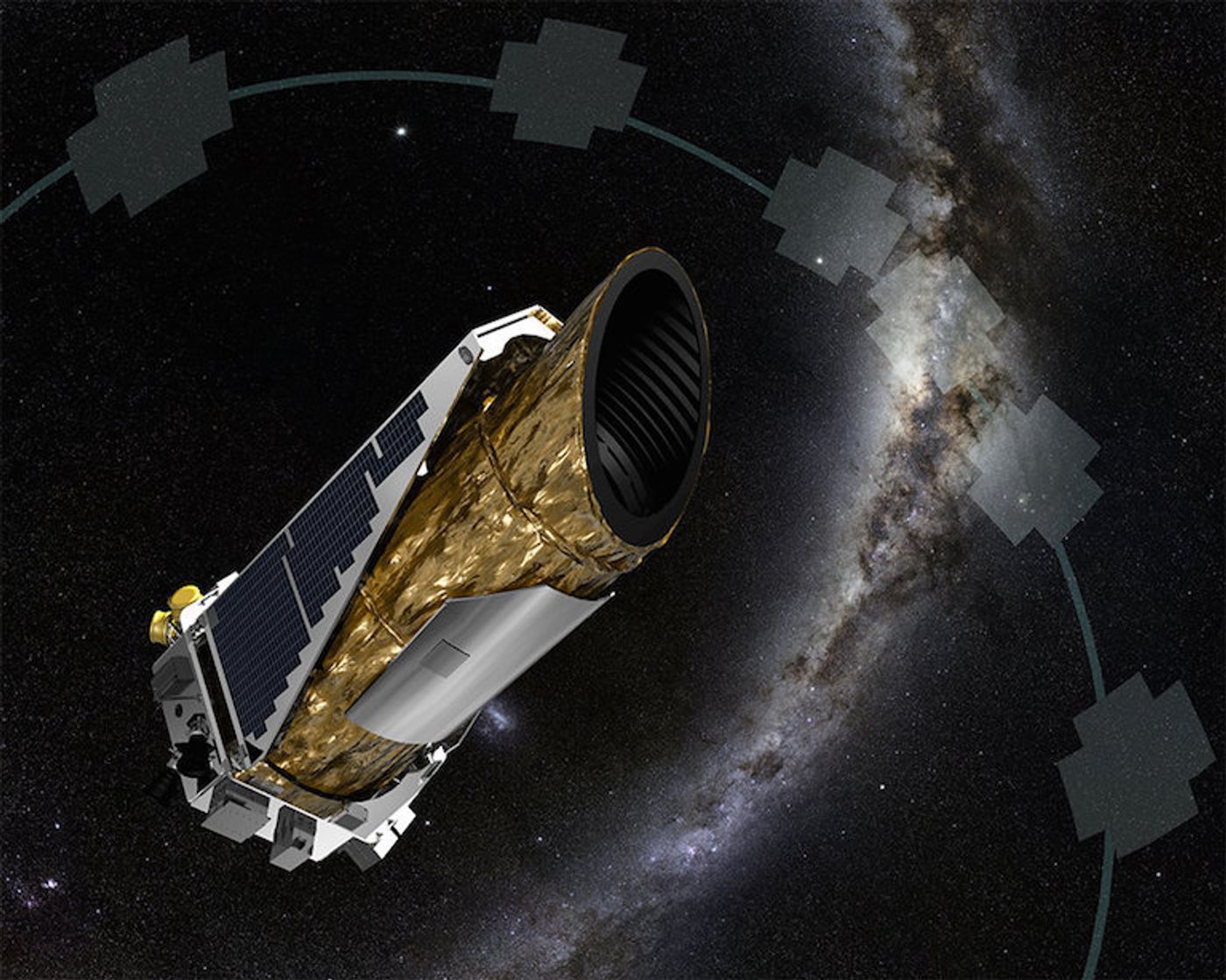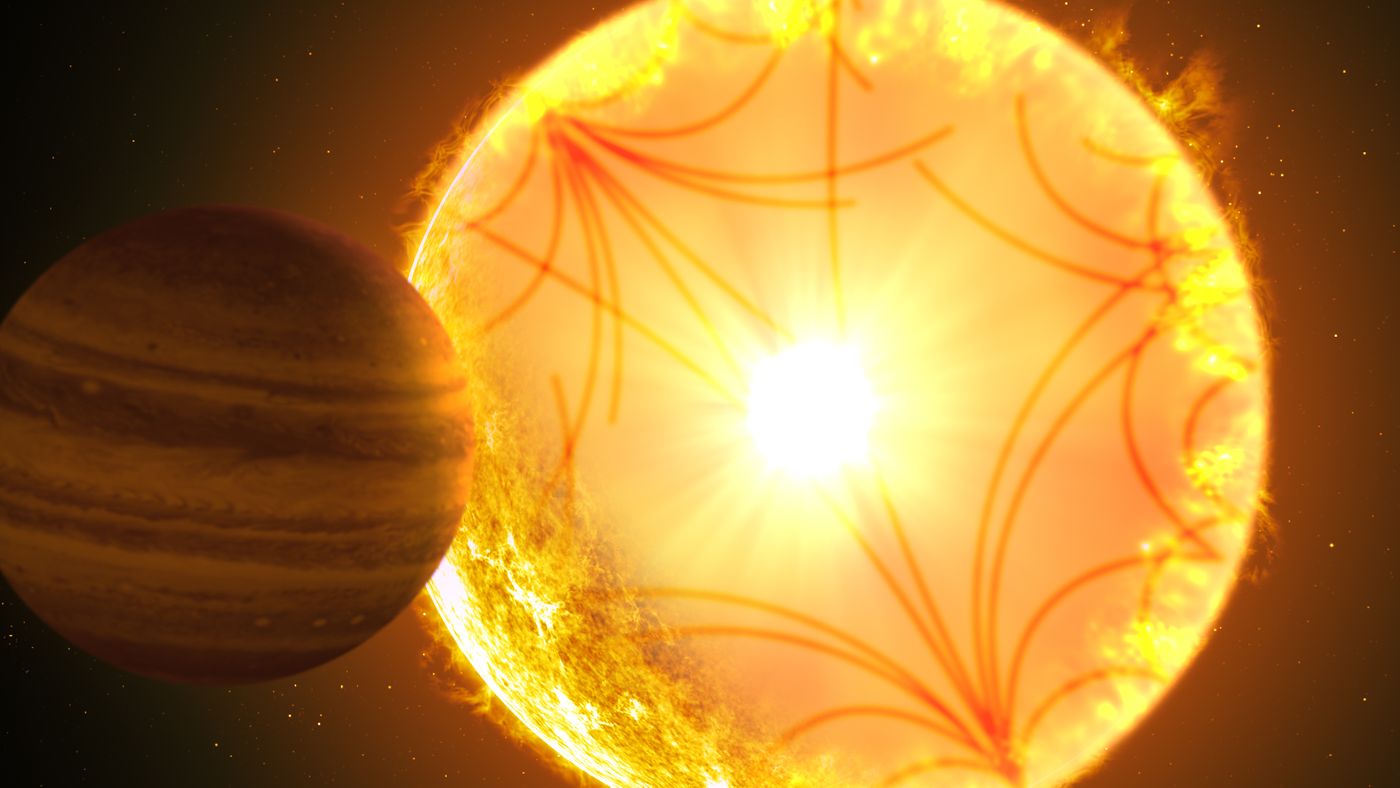Astronomers Validate the Existence of Kepler's Very First Exoplanetary Candidate
An empty fuel tank forced NASA to retire its Kepler Space Telescope at the end of last October, but that doesn’t necessarily spell out of the end of exoplanetary discoveries; in fact, many would argue that it was just the beginning.
Image Credit: NASA
The Kepler mission was both fruitful and inspirational, exploiting the tried-and-true transit method to detect the potential exoplanets in distant stellar systems. It did all of this by keeping a continuous gauge on those systems and probing for dips in starlight, which would be indicative of an exoplanet moving in between the spacecraft and the host star.
But while transit events can provide a compelling argument for the existence of an exoplanet, it’s entirely possible for other space-related things to cause these apparent dips in starlight. Consequently, Kepler’s findings are dubbed exoplanetary ‘candidates’ instead of flat-out exoplanets until astronomers can confirm the existence of an exoplanet using alternative methods.
Given the seemingly convoluted circumstances that go into validating the existence of distant exoplanets after missions like Kepler point out potential candidates, it should be considered particularly big news that an international team of astronomers recently confirmed the presence of Kepler’s very first exoplanetary candidate discovery, dubbed Kepler-1658 b. The findings will soon be published in the Astronomical Journal.
Image Credit: Gabriel Perez Diaz/Instituto de Astrofísica de Canarias
"Our new analysis, which uses stellar sound waves observed in the Kepler data to characterize the host star, demonstrated that the star is in fact three times larger than previously thought," elucidated study lead author Ashley Chontos from the University of Hawaii. "This in turn means that the planet is three times larger, revealing that Kepler-1658 b is actually a hot Jupiter-like planet."
Related: Will NASA's TESS mission provide new insights regarding exoplanets?
Kepler originally discovered the exoplanetary candidate shortly after its launch nearly a decade ago, but it had gone unconfirmed until just recently. The researchers used a variety of techniques to corroborate the existence of Kepler-1658 b, including stellar sound wave and spectroscopic analyses.
"We alerted Dave Latham (a senior astronomer at the Smithsonian Astrophysical Observatory, and co-author on the paper) and his team collected the necessary spectroscopic data to unambiguously show that Kepler-1658 b is a planet," added study co-author Dan Huber, also from the University of Hawaii. "As one of the pioneers of exoplanet science and a key figure behind the Kepler mission, it was particularly fitting to have Dave be part of this confirmation."
According to the study, Kepler-1658 b’s host star is approximately 50% more massive and three times bigger than that of our own Sun; but perhaps more astonishing is the fact that the planet orbits its host star so closely at a distance estimated to be just twice that of the host star’s diameter.
The researchers also note that Kepler-1658 is a somewhat evolved star and that it’s unusual for an exoplanet like Kepler-1658 b to orbit this type of star so closely. That said, it should come as no surprise that astronomers are intrigued by the bizarre circumstances surrounding this particular system.
"Kepler-1658 is a perfect example of why a better understanding of host stars of exoplanets is so important," Chontos said. "It also tells us that there are many treasures left to be found in the Kepler data."
Related: TESS spacecraft detects its third exoplanet since launch
Remarkable indeed, because Kepler-1658 b may not be the only undiscovered exoplanet to exhibit these features.
Although NASA’s Kepler mission may not be observing the universe for new exoplanetary candidates anymore, the data that the spacecraft did accumulate over its 10-year mission will go on to fuel new astronomical discoveries for many years to come. With that in mind, it should be interesting to see what astronomers will learn next.
Source: University of Hawaii – Institute for Astronomy, SETI Institute, Astronomical Journal










